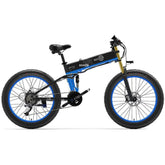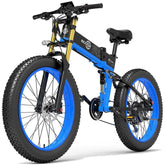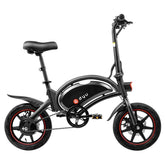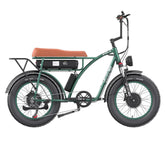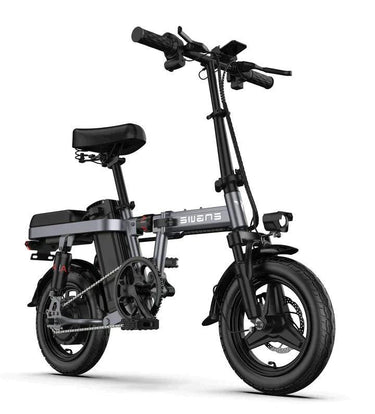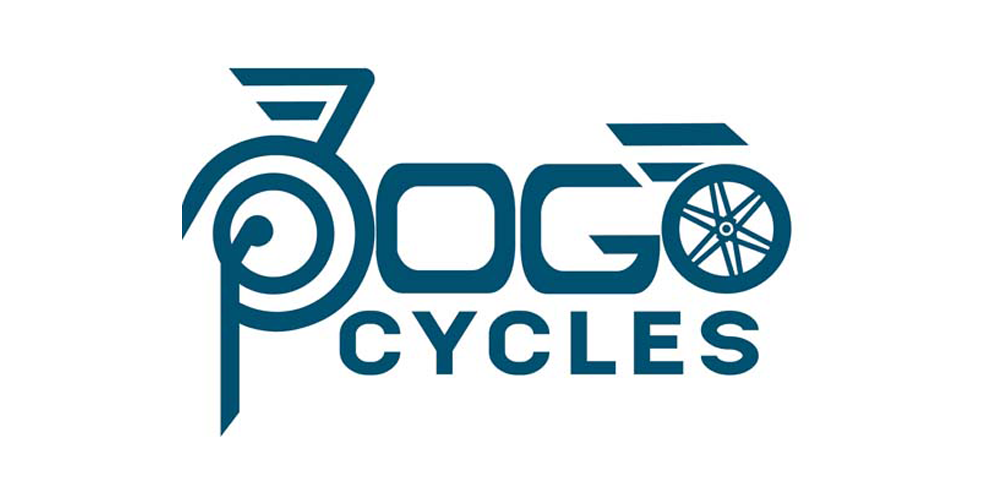e-bike laws in your province
It's important for all European fans to be aware of the e-bike laws in Europe as the popularity of electric bikes and electric scooters soars across the globe.
Rapid urbanization and climate change are the two major issues that humanity is currently facing, and electric bikes offer a solution. E-bikes are not only highly ecologically friendly, but they also assist you in navigating congested traffic.
The usage of e-bikes is governed by a variety of rules in various nations, check out the e-bike laws in your province. While some locations are highly accommodating and tolerant, others have strict rules.
Here is your comprehensive guide to European e-bike laws if you want to learn more.
The European Definition of "E-Bike"
Not only do various parts of the world have unique e-bike regulations, but they also have various definitions of what an e-bike is. The following requirements for an EPAC (Electrically Pedal Assisted Cycle) must be met, according European Union Directive 2002/24 EC:
Have an auxiliary motor that can only deliver 250 watts of power continuously. The motor's aid progressively ends after the cyclist achieves a speed of 25 km/h or quits pedaling. In essence, type certification is not required for any electric bicycles that meet the criteria listed above. The member nations are required to implement these rules by incorporating them into their national legislation, as is the case with all directives of the European Union.
Several types of electric bicycles
While there may be historical disagreement on the precise inventor of the first bicycle powered by a human, most evidence points to Europe. Since then, there have been many developments in the e-bike sector, which makes it even more important to categorize e-bikes.
There are four technical categories of e-bikes in Europe, and each category has a unique set of e-bike legislation. See what they are now.
The L1e-A electric cycles come first. These can go at a top speed of 25 mph and produce a maximum motor power of 1000 watts. The pedaling and acceleration assistance in L1e-A vehicles is combined. They are referred to as power cycles and can have two to four wheels.
Ireland laws regarding electric bikes:
The usage of e-bikes in Ireland is not yet formally regulated by the government, the transport minister, has made statements.
There won't likely be any insurance or licensing requirements under the new e-bike legislation. However, the minimum advised age is 16, and those between the ages of 16 and 18 must wear helmets. Check FIIDO electric bike
Additionally, riding on trails is entirely forbidden, and the top motor speed limit is 25 km/h. In other words, very soon a new regulatory framework will be set up in Ireland expressly to control the usage of e-bikes and e-scooters.
Europe's general e-bike regulations
After looking at how e-bikes are used in several European countries, here is a list of general rules for responsible e-bike riding:
- Maintain a right-hand lane, or a bike lane if one is provided, at all times.
- In Ireland, maintaining the left is required.
- Use hand signals to signal your turns to other drivers.
- Always keep one hand on the handlebars at all times.
- Take use of the bike lanes when they are available.
- If not, your nation must have regulations defining where you should ride in place of them.
- With an e-bike, avoid pulling or pushing any objects.
- If you are using your electric bike while moving around on foot, you are a commuter. This means that, if required, you may utilize the sidewalk.
If a bicycle has basic safety features like brakes, bells, and lights, it is termed street legal.
A bicycle is not necessary to comply with the legal requirements for insurance, motor vehicle taxes, and a license, nevertheless. This is because a bicycle is propelled by a human and has a similar risk of damaging property as someone walking or jogging, making purchasing a bike highly advantageous.
If you've ever felt that bicycles should be able to travel around legally, that day will come just as soon as someone requires a license to operate a wheelbarrow! It's highly unlikely that it will occur anytime soon.
A motor tax is normally assessed because of the emissions produced by vehicles, yet a bicycle produces none. A tax on cycling is absurd because it would really be beneficial if more people started riding bicycles. Regarding the license, there is simply no way that a bicycle is riskier than a car. Personal liability insurance is the closest thing to bicycle insurance. However, neither is it required nor is it limited to riding.
E-bikes laws
Pedelecs, often known as electric bicycles or ebikes, are essentially pedal-assisted bicycles. This effectively means that the motor will shut off once the bicycles achieve a speed of 25 km/h, requiring the user to pedal less to move.
Many nations passed laws allowing for the use of these electric bicycles a few decades ago after realizing their numerous advantages. A motorized bicycle would make it more simpler for individuals to go around and cover greater distances. One drawback is that this makes it heavier.
Speed e-bikes laws
E Bikes and speed ebikes are extremely similar, however the speed ebikes have a higher motor that can go up to 45 km/h. In Europe, these are subject to a variety of restrictions and regulations, including the requirement for helmets and plates.
Speed bikes are considered motorbikes in Ireland, and if they are used on public roads, the rider must have a license, insurance, helmet, and payment for taxes.
The speed ebike is prohibited from being used on Irish roads if it does not adhere to these regulatory standards. Before you get on the road, it's critical that you comprehend all the conditions necessary for ebikes and speed ebikes.
Check out e-bike laws in your province for current update.

